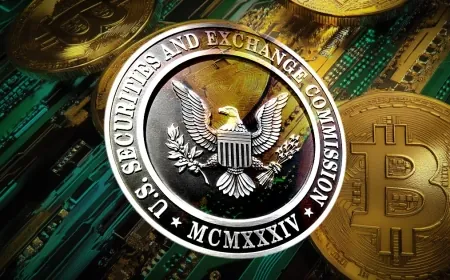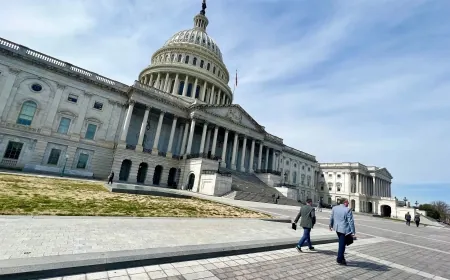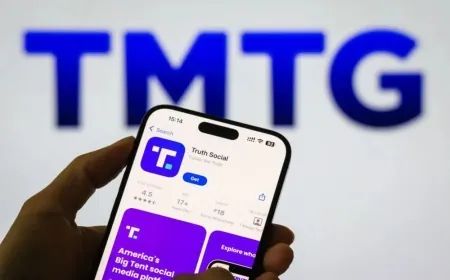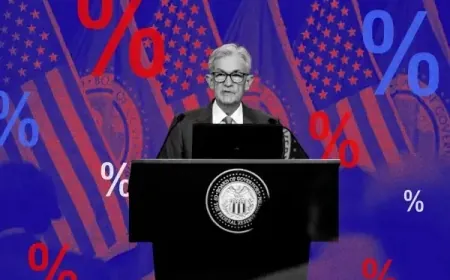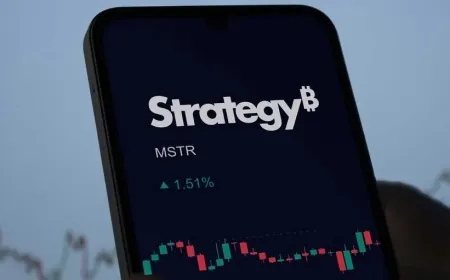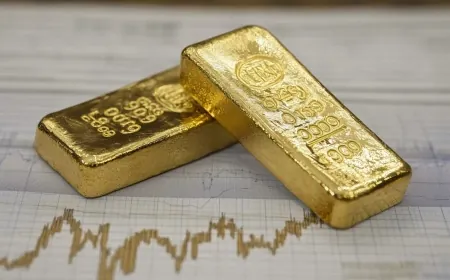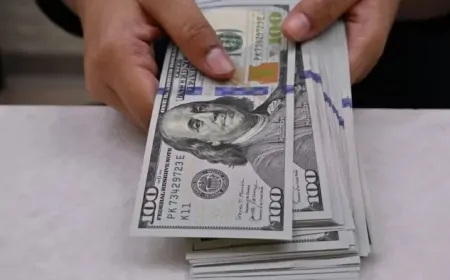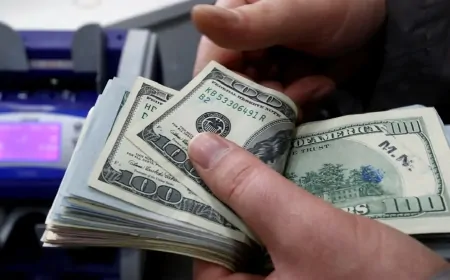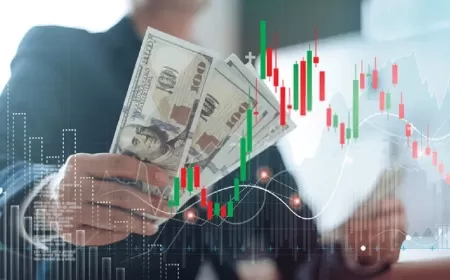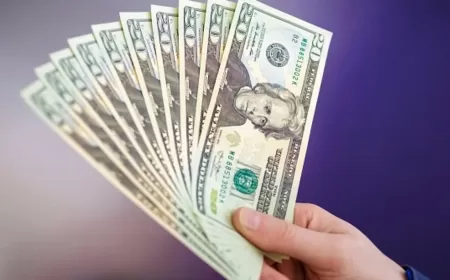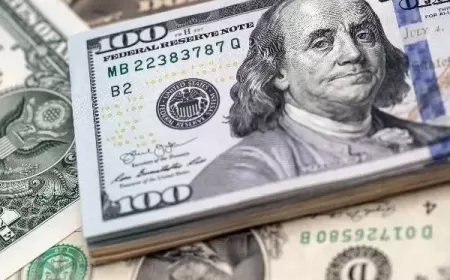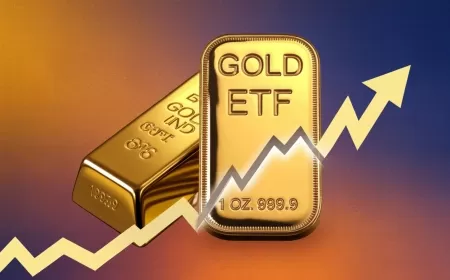Gold Forecast Raised to $3,220 for 2025 with Strong Central Bank Buying and Debt Concerns
Analysts now expect gold to average $3,220 per ounce in 2025. Central banks continue to add to reserves while U.S. fiscal spending and trade tensions increase demand for safer assets.

The average gold price is now projected to reach $3,220 per ounce in 2025, up from a previous estimate of $3,065, according to a new survey of 40 analysts conducted by Reuters. The 2026 average was also lifted to $3,400.
This follows a strong rally in the first half of 2025, with gold reaching a record high of $3,500 per ounce in April before stabilizing.
Silver has also seen an upward revision. Analysts now expect silver to average $34.52 in 2025 and $38 in 2026, citing continued interest from investors and supply tightness.
Central Bank Demand Supports Prices
A key reason for the higher forecast is the consistent accumulation of gold by central banks. China has increased its reserves for eight straight months, while other countries in Asia and the Middle East have followed similar strategies.
A recent European Central Bank survey shows that nearly 40% of central banks plan to raise their gold holdings over the next year. The main reasons cited are growing political uncertainty and the need to reduce exposure to U.S. dollar-denominated assets.
The purchases are being treated as a long-term reserve adjustment rather than short-term speculation.
Global Trade and Sanctions Influence Gold Allocations
Ongoing trade disputes and financial sanctions have led several countries to rely more on gold as a settlement asset. Escalating tensions between the U.S. and China earlier this year coincided with the peak in gold prices.
Analysts suggest that recurring trade friction is now a structural factor in reserve management decisions, rather than a temporary event.
U.S. Debt Levels Raise Questions About Dollar Stability
Rising concern over the United States’ fiscal position is another factor driving interest in gold. The latest budget plan increases projected debt by over $3.3 trillion over ten years.
Investors and governments alike are monitoring the implications of sustained deficit spending, with gold being treated as a safeguard against possible currency depreciation or inflation.
While the dollar remains the dominant reserve currency, the combination of geopolitical stress and domestic fiscal expansion has led to broader use of gold in portfolio allocations.
Silver Gains Strength from Investor Interest
Silver has outperformed gold in 2025 in percentage terms, reaching levels not seen since 2011. The metal traded near $40 per ounce earlier this month.
Investment demand remains strong, particularly through silver-backed ETFs. Retail traders have also contributed to demand, attracted by silver’s lower price relative to gold.
Industrial use, including solar manufacturing, has tightened the supply side further. This dual-use characteristic — as both an investment and industrial metal — is supporting its current valuation.
Some analysts remain cautious about potential outflows from ETFs, which have a history of amplifying volatility in silver markets. However, for now, demand remains stable.
Also Read: Gold Prices Struggle as Middle East Tensions Rise and US Data Fuels Rate Cut Speculation













